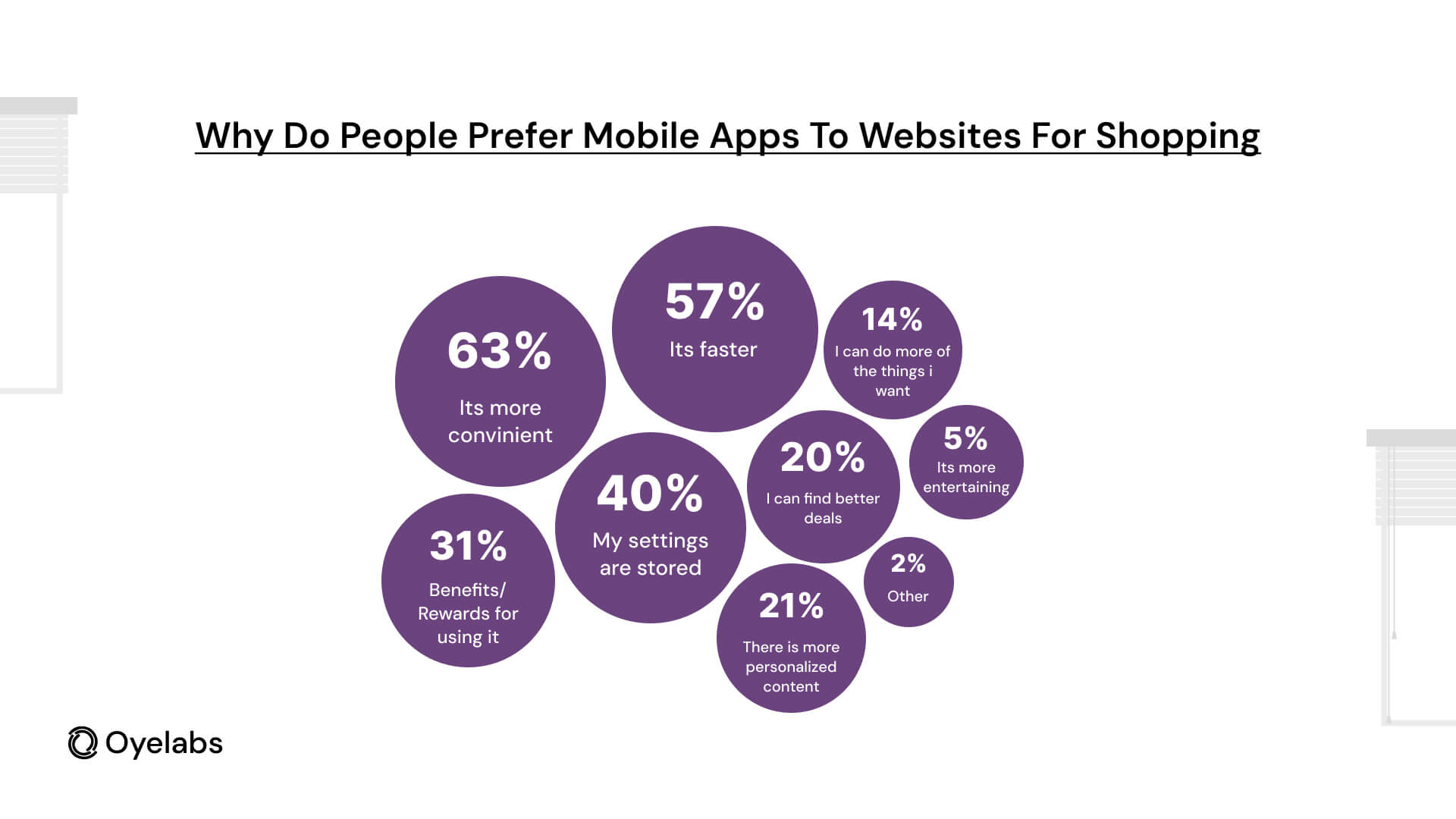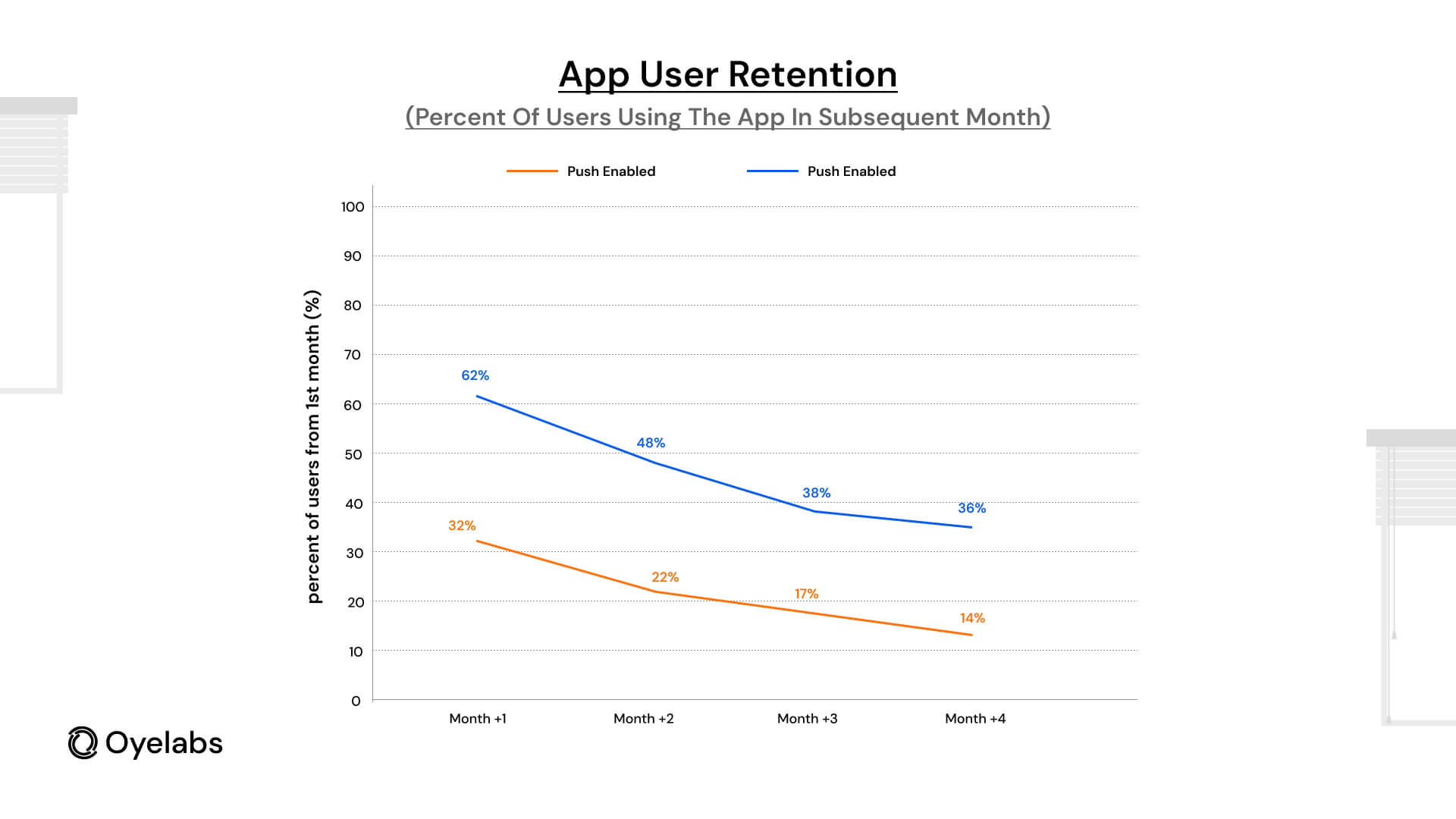Mobile Commerce vs eCommerce: Key Differences Explained

Mobile Commerce vs eCommerce: Key Differences Explained
Last Updated on October 28, 2024
ECommerce, or electronic commerce, refers to the buying and selling of goods and services over the Internet. It encompasses various online business activities, including retail sales, marketplace transactions, and business-to-business exchanges. With the rise of digital technology, eCommerce has become a vital component of the global economy, projected to reach $6.38 trillion by 2024.
Mobile commerce, or m-commerce, is a subset of eCommerce that focuses specifically on transactions conducted via mobile devices like smartphones and tablets. This form of commerce allows consumers to shop on-the-go through mobile-optimized websites and applications, making it increasingly significant in today’s market as more people rely on their mobile devices for online shopping.
While mobile commerce is closely related to eCommerce, it possesses distinct characteristics that differentiate it from traditional online shopping. These differences include variations in user experience, shopping behavior, and payment methods. Understanding these distinctions is essential for businesses aiming to optimize their strategies in both areas. If you want to launch your own e-commerce platform, look at Oyelabs’ eCommerce app development services.
Evolution of eCommerce
The history of eCommerce can be traced back to the 1970s, when the first online transactions were made using Electronic Data Interchange (EDI) systems. By the 1990s, with the rise of the World Wide Web, eCommerce began to gain momentum as businesses started setting up online storefronts. A major turning point came in 1994 with the launch of Amazon, which revolutionized consumer shopping by offering a wide range of books and eventually expanding into various product categories.
In the years that followed, eCommerce experienced rapid growth, fueled by technological innovations and increasing internet access. The late 1990s saw the introduction of secure payment gateways like PayPal, which made online transactions safer and boosted consumer trust. By the early 2000s, eCommerce had solidified its place as a major industry, with platforms like Alibaba and eBay becoming prominent global players.
Today, eCommerce showcases its critical role in the global economy. As we look forward, what to expect from eCommerce apps by 2025 includes continued innovations such as artificial intelligence (AI) and machine learning (ML), which are driving personalized shopping experiences and enhancing operational efficiency. These advancements are poised to shape the future of eCommerce, making it even more integral to how consumers engage with brands and products.
Emergence of Mobile Commerce
The rise of mobile technology in the late 2000s marked a pivotal moment for eCommerce, leading to the emergence of mobile commerce (m-commerce). The launch of the iPhone in 2007 revolutionized how consumers accessed the internet, making it easier to shop on the go. As smartphones became ubiquitous, retailers began optimizing their websites for mobile devices and developing dedicated mobile applications.
Mobile commerce allows consumers to browse products, compare prices, and purchase directly from their smartphones or tablets. This shift has transformed shopping behaviors, with many consumers now preferring mobile devices for online shopping due to their convenience and accessibility.

Integrating features like location-based services and mobile wallets has further enhanced the mobile shopping experience, making it a vital component of modern eCommerce strategies. In summary, while eCommerce has a rich history rooted in technological advancements, the emergence of mobile commerce has introduced new dynamics that significantly influence consumer behavior and business strategies today. Understanding these historical contexts is essential for businesses aiming to thrive in both eCommerce and m-commerce landscapes.
Also Read: Mobile Commerce Top Trends
Key Differences Between eCommerce and Mobile Commerce
| Aspect | eCommerce | Mobile Commerce |
| Definition | Buying and selling goods/services via the internet. | Transactions conducted specifically through mobile devices. |
| User Experience (UX) | Designed for larger screens; focuses on detailed navigation. | Optimized for smaller screens; emphasizes simplicity and quick access. |
| Shopping Behavior | Users often conduct thorough research before purchasing. | Impulse buying is more common due to convenience and accessibility. |
| Payment Methods | Offers various payment options like credit cards and bank transfers. | Includes mobile wallets and contactless payments for quick transactions. |
| Personalization | Tailored experiences based on user data but less immediate. | Highly personalized experiences through real-time data analysis. |
| Location-Based Services | Limited use of GPS technology for promotions. | Leverages GPS for targeted promotions based on user location. |
| Technical Limitations | Primarily desktop-focused; may not address mobile compatibility issues. | Faces challenges with varying screen sizes and device capabilities. |
| User Engagement | Retention strategies focus on website features and content. | Requires ongoing engagement strategies to keep users active in apps. |
User Experience (UX)
Website Design vs. Mobile App Design
The design approach for eCommerce websites and mobile apps differs significantly. Websites are typically designed for larger screens, focusing on detailed product displays and extensive navigation options. In contrast, mobile app design prioritizes simplicity and efficiency, utilizing touch-based interactions and streamlined layouts to accommodate smaller screens. For example, while an eCommerce website may feature multiple categories and subcategories, a mobile app often condenses this information into easily navigable tabs or icons.
Navigation and Usability Differences
Navigation in mobile commerce is tailored for quick access and ease of use. Mobile apps often incorporate gesture-based controls, such as swipes and taps, allowing users to navigate seamlessly. In contrast, traditional eCommerce sites might require more clicks to access specific categories or products. This difference in usability can significantly impact customer satisfaction; studies show that a well-designed mobile experience can lead to higher conversion rates.
Shopping Behavior
Consumer Behavior on Mobile Devices vs. Desktops
Consumer behavior varies notably between mobile devices and desktops. Mobile users tend to exhibit more impulsive buying tendencies due to the convenience of shopping on the go. They are often influenced by immediate needs or social media promotions, leading to quicker purchasing decisions. In contrast, desktop users may take more time to research products and compare prices before purchasing.
Impulse Buying Tendencies in Mobile Shopping
Mobile commerce facilitates impulse buying through features like one-click purchasing and personalized notifications. Push notifications about sales or limited-time offers can prompt immediate action from consumers, capitalizing on their spontaneous shopping behavior. Research indicates that, on average, 65% of users are likely to return to an app the following month if they engage with push notifications.

Payment Methods
Payment Options in Traditional eCommerce vs. Mobile Commerce
Traditional eCommerce typically offers a range of payment options, including credit/debit cards, bank transfers, and digital wallets. However, mobile commerce has introduced additional payment methods tailored for convenience, such as mobile wallets (e.g., Apple Pay, Google Pay) and contactless payments. These options streamline checkout, allowing consumers to complete transactions quickly without entering extensive information.
Rise of Mobile Wallets and Contactless Payments
The popularity of mobile wallets has surged as consumers seek faster and more secure payment methods. These wallets securely store payment information on devices, enabling users to purchase with a simple tap or scan. This trend reflects the growing demand for convenience in shopping experiences.
In summary, while both eCommerce and mobile commerce serve the same fundamental purpose of facilitating online transactions, they differ significantly in user experience, shopping behavior, and payment methods. Understanding these distinctions is crucial for businesses looking to optimize their strategies across both platforms effectively.
The Role of Technology in Both Domains
Responsive Design
Responsive design plays a crucial role in bridging the eCommerce and mobile commerce gap. By ensuring that websites adapt seamlessly to different screen sizes and orientations, businesses can provide a consistent user experience across all devices. This adaptability is essential for retaining customers who switch between desktop and mobile platforms while browsing or shopping. Creating responsive designs for eCommerce websites is not just about aesthetics; it’s a strategy that enhances usability, reduces bounce rates, and ultimately increases conversions.
Progressive Web Apps (PWAs)
Progressive Web Apps (PWAs) enhance both eCommerce and mobile commerce experiences by combining the best features of websites and mobile applications. PWAs offer fast loading times, offline access, and push notifications while being accessible through web browsers without requiring installation from app stores. The benefits of PWAs are numerous: they deliver a smoother user experience, enhance engagement, and reduce app development costs, all while expanding businesses’ reach to a broader audience with minimal friction.
Artificial Intelligence (AI)
Artificial Intelligence (AI) is transforming eCommerce and mobile commerce by enabling highly personalized experiences and improving customer service. AI algorithms analyze user behavior to deliver tailored product recommendations and targeted marketing campaigns, which drive higher engagement and conversions. Additionally, AI-powered chatbots provide instant customer support, improving response times and overall satisfaction levels.
In summary, while mobile commerce offers numerous advantages such as convenience, personalization, and location-based services, it also faces security, technical limitations, and user engagement challenges. Understanding these dynamics is essential for businesses aiming to optimize their strategies effectively across both eCommerce and mobile commerce platforms.
Why Choose Oyelabs for Your eCommerce or Mobile Commerce Needs?
At Oyelabs, we specialize in providing tailored eCommerce app development solutions that meet the unique needs of your business. Our team of experts understands the nuances of both eCommerce and mobile commerce, enabling us to create platforms that enhance user experiences and drive conversions. Here’s why you should choose us:
- Customized Solutions: We work closely with you to develop applications specifically designed to align with your business objectives.
- Expert Team: Our experienced professionals have extensive knowledge of digital marketing, design, and app development.
- Ongoing Support: We offer continuous maintenance and support services to keep your platform running smoothly.
- Data-Driven Insights: Our analytics tools provide valuable insights into user behavior, empowering you to make informed decisions.
By partnering with Oyelabs, you gain access to a dedicated team focused on helping you succeed in the competitive world of eCommerce and mobile commerce.
Conclusion
This blog has explored the key differences and similarities between eCommerce and mobile commerce. While both primarily facilitate online transactions, they differ significantly in user experience, shopping behavior, and payment methods. Mobile commerce offers unique advantages such as convenience, personalization, and location-based services while also facing challenges like security concerns and technical limitations. Understanding these distinctions is crucial for businesses aiming to optimize their strategies across both platforms.
As you consider your own strategies for leveraging both eCommerce and mobile commerce effectively, now is the time to take action. Evaluate how your business can benefit from integrating these two powerful platforms. If you’re ready to elevate your online presence and enhance customer experiences, contact Oyelabs today for a consultation. Let us help you navigate the complexities of digital commerce and position your business for long-term success!




